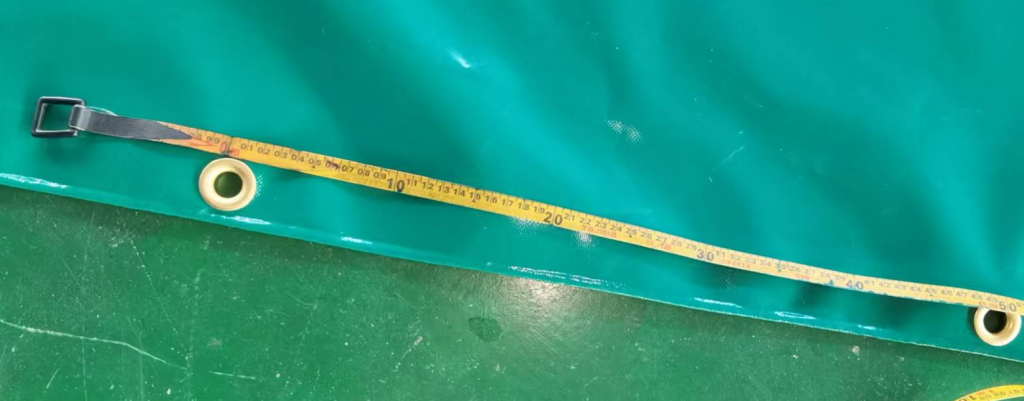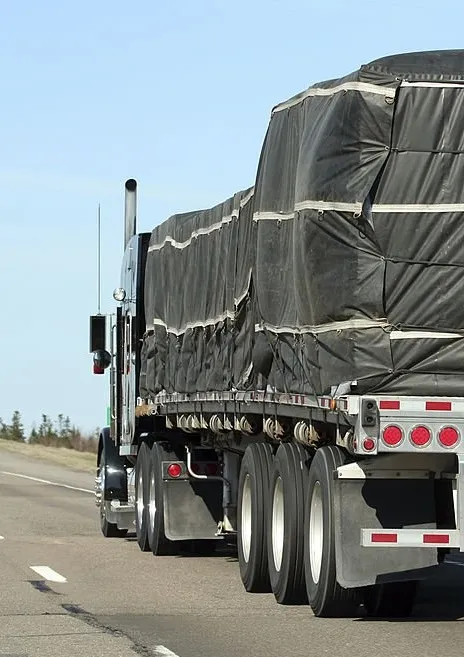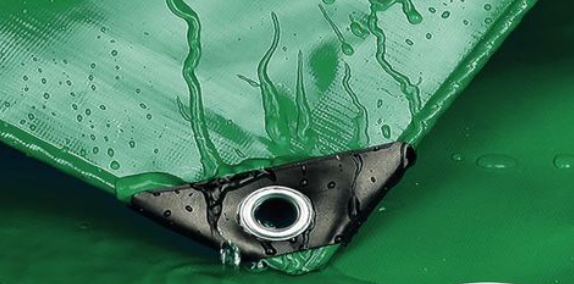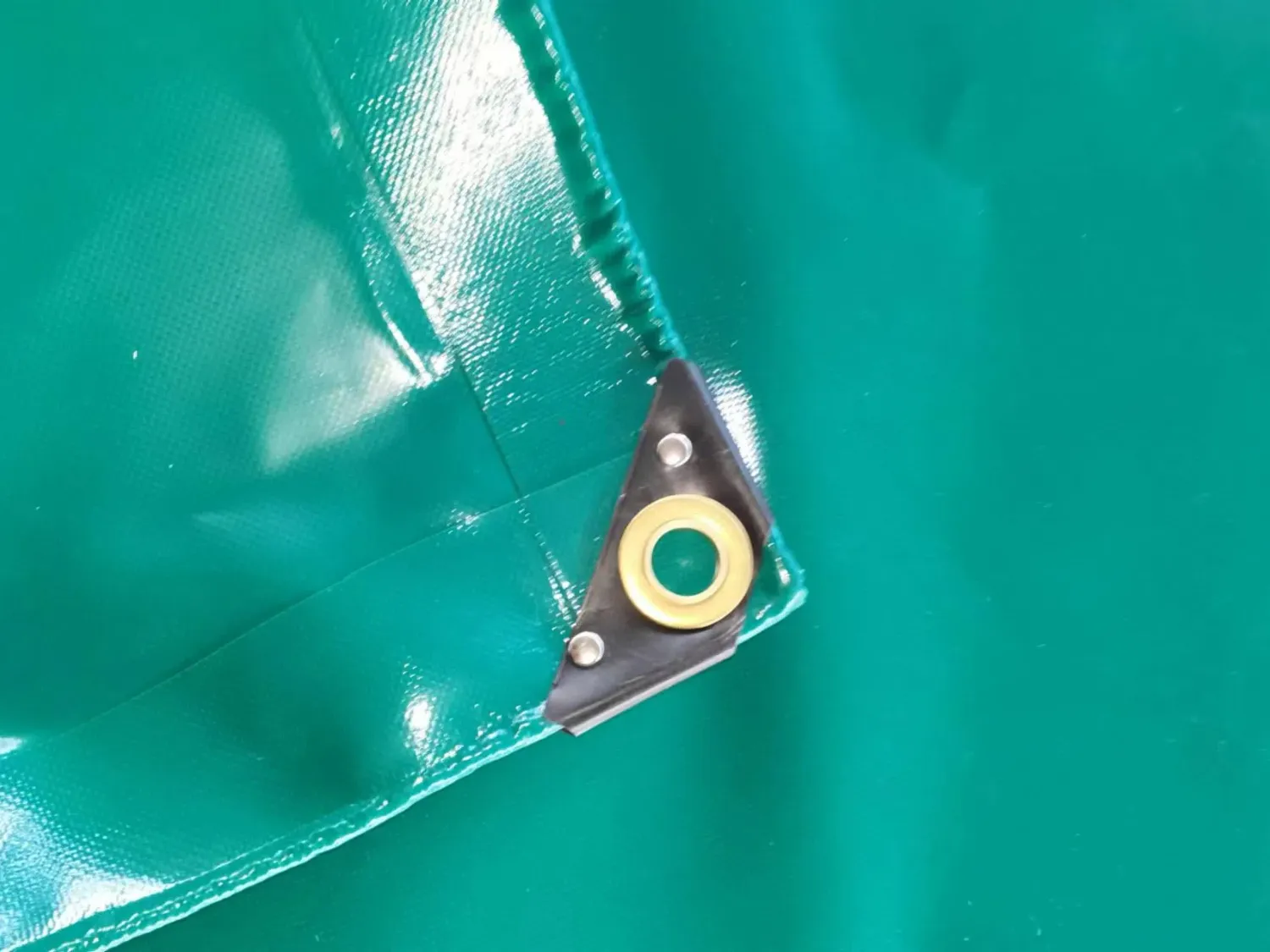
In agriculture, the storage and transport of hay are crucial for year-round livestock feeding. However, the varying weather condition that accompanies the seasons is a strong challenge. Hay is easily marred by the hot season heat, heavy rains during the rainy season, and frost during winter. Weatherproof hay tarps are now essential among farmers to provide effective protection for hay from summer to winter.
Seasonal Weather Challenges to Hay Storage
In the summer, the scorching sun causes hay to over-dry, which results in loss of nutritional value and become brittle. Hot weather also speeds up the process of decomposition of the hay, reducing its value as a feed for animals. In rainy weather, extended rainfalls and higher humidity facilitate the growth of mold. Mold-contaminated hay once it forms, not only becomes dangerous for livestock health but also lowers the palatability and feeding quality of the hay significantly. In winter, heavy snow and extreme cold can damage hay bales by making them compacted and difficult to handle. In addition, excess water from melted snow seeps into the hay and causes it to rot. Traditional tarpaulins do not meet the diverse needs of different seasons, and farmers have to frequently exchange or adjust the cover, time-consuming and costly.
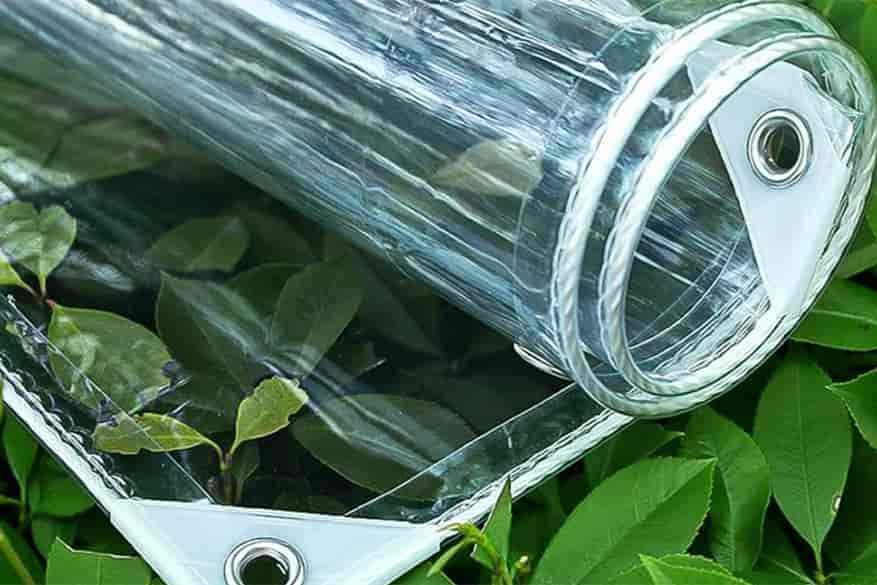
Features of Multi-Season Hay Tarps
Summer Resistance: Heat and UV Protection
Multi-season hay tarps are engineered with advanced heat-resistant materials. Specialized coatings on the tarp surface reflect a significant portion of the sun’s radiant heat, reducing the temperature inside the covered area. For example, tarps with reflective aluminum – based coatings can lower internal temperatures by up to 15°C compared to standard tarps. Moreover, these tarps are infused with high – quality UV – resistant additives. With a UV protection factor (UPF) of over 50, they effectively block more than 98% of the sun’s ultraviolet rays. This prevents the hay from fading, drying out, and degrading due to prolonged sun exposure, preserving its nutritional content and structure throughout the hot summer months.
Rainy Season Protection: Superior Waterproofing
During the rainy season, waterproofing all-season hay tarps is necessary. Waterproof tarps are made from PVC material to form a water-repellent wall. They are sealed and heat welded or double-stitched with water-resistant tape to prevent any water leaks. Some models have a hydrostatic head rating of up to 3000 mm, meaning that they will not leak under hard rain. Certain tarps are also breathable, with small holes or mesh patterns that allow damp that has collected to be released, preventing condensation from causing mold growth despite wet and rainy conditions.
Winter-proof: Snow and Cold-resistant
Hay cover tarps withstand winter’s worst conditions. They are made using materials that remain flexible in low temperatures, such as cold-resistant PVC or polyester blends. At -30°C temperatures and below, the materials will not crack or turn brittle, maintaining the tarpaulin’s integrity and providing extended protection. The tough construction of the tarpaulin means it can withstand the weight of heavy snow. Strong grommets and reinforced edges ensure firm fixing, thereby not allowing the tarpaulin to be blown away or damaged by strong winter gusts. Even when there is snow on top of the tarpaulin, its durability guarantees that the hay bales underneath are protected from cold and water.
Innovative Design and User-friendly Functions
In addition to basic weather protection, waterproofing hay tarpaulins also come with new design in the aspect of usability. The majority of them incorporate a quick-release fixing system, which allows farmers to fix or remove the tarpaulin within minutes. For example, the buckles and adjustable straps with ergonomic handle support single-person operation without the need for human assistance during covering or uncovering hay.
Applications in Different Seasons
In summer, farmers can use hay tarps to cover large hay fields or bales during storage and transportation. Thermal insulation and UV protection keep hay quality, and reducing the need for additional cooling or handling. Hay tarps are essential in the rainy season to keep hay stored outside. Whether on a flatbed trailer or in an open barn, the waterproof yet breathable design protects the hay from mold and water damage. In winter, hay tarps are used to cover hay for protection against snow, ice and freezing weather, such that livestock can have access to high-quality feed throughout even winter seasons and reduce the risk of livestock health problems due to low-quality feed.
Conclusion
Hay tarpaulins provide a comprehensive solution for hay to cope with all types of weather, from the scorching summer heat to the freezing winter cold. Its groundbreaking insulation, cold and waterproof properties, coupled with intelligent features and smart design, provide farmers with efficient and long-lasting protection. Through the expenditure of money on these tarpaulins, farmers are able to reduce losses of hay to weather conditions, improve efficiency in livestock breeding, and ultimately render agricultural activities economically viable. As the demand for sustainable and effective agricultural production increases, hay tarpaulins will assume greater importance in the contribution they make to modern agriculture. Feicheng Tongfa is a professional in the hay tarps for sale. We have provided services to customers in more than 30 countries around the world and have many years of export experience. We look forward to your consultation.


